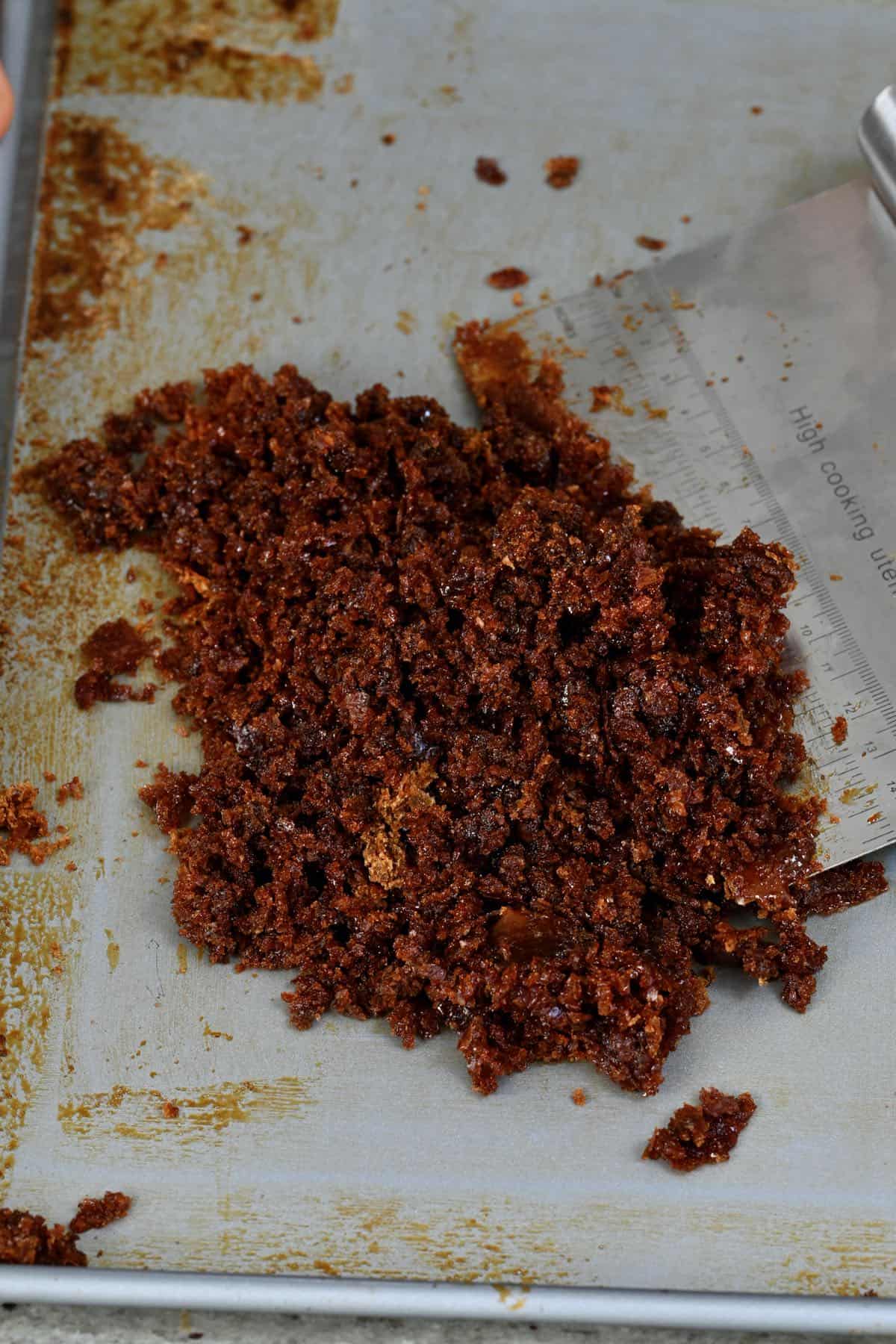Comprehensive Cane Sugar Processing Chemicals: Throughout
Wiki Article
Maximizar Rendimientos Y Minimizar Costos: Estrategias Avanzadas Para La Optimización Química Del Procesamiento De Azúcar De Caña
In the realm of walking stick sugar processing, the pursuit of taking full advantage of yields while concurrently minimizing costs stands as an awesome obstacle that calls for a calculated mix of sophisticated chemical optimization methods. Amidst this intricate internet of approaches exists the guarantee of unlocking untapped possibility and revolutionizing the extremely essence of sugar production.Chemical Evaluation for Effectiveness
Chemical analysis plays a pivotal duty in boosting the effectiveness of sugar walking cane handling by offering crucial understandings right into the composition and homes of the raw materials. By performing in-depth chemical analyses on sugar cane examples, processors can determine the specific concentrations of sucrose, sugar, fructose, and other components existing in the raw material. This details is crucial for optimizing the various stages of the sugar walking cane processing chain, from crushing to condensation.Moreover, chemical evaluation enables processors to recognize impurities such as natural acids, proteins, and minerals that can affect the quality and yield of the last sugar product. By evaluating these impurities, cpus can carry out targeted strategies to eliminate or minimize their effects, inevitably improving the general performance of the processing plant.
In addition, chemical analysis assists in the monitoring of process specifications such as pH, temperature level, and viscosity, enabling cpus to make real-time adjustments to guarantee ideal conditions for sugar removal and condensation. Overall, a comprehensive understanding of the chemical make-up of sugar walking cane is important for taking full advantage of returns, lessening prices, and maintaining high product quality in the sugar production market.

Enzyme Use for Increased Yields
With a tactical method to enzyme usage, sugar cane processors can dramatically enhance their yields while keeping functional efficiency in the production procedure. Enzymes play an essential function in sugar walking cane handling by breaking down complex carbohydrates right into less complex sugars, thus boosting the total sugar removal efficiency. By incorporating particular enzymes tailored to target the various parts of sugar cane, such as cellulose and hemicellulose, processors can improve the launch of sugars throughout removal.Enzyme usage offers the advantage of optimizing sugar yields from the raw material while reducing the energy and sources needed for handling. Via mindful choice and application of enzymes, sugar walking stick processors can optimize their procedures to accomplish higher returns and productivity.
Ph Control for Optimum Processing
Enzyme utilization for raised returns in sugar walking stick processing lays the structure for resolving the essential facet of pH control for optimum handling effectiveness. Preserving the appropriate pH degree throughout different stages of sugar walking cane processing is essential for taking full advantage of returns and minimizing expenses. pH control is especially crucial throughout the extraction and explanation processes. In the removal phase, keeping the appropriate pH aids in accomplishing efficient sucrose removal from the cane. Regulating the pH during information help in the precipitation of contaminations and non-sucrose elements, basics bring about a purer final product. PH influences the task of enzymes involved in the failure of macromolecules, affecting the total efficiency of internet the process. By meticulously keeping an eye on and readjusting the pH levels at different handling actions, sugar cane cpus can enhance sugar healing prices, lower chemical usage, and enhance the total manufacturing process. Efficient pH control not just enhances the quality of the last item but likewise adds to lasting and economical sugar walking cane handling procedures.Advanced Purification Strategies
Applying advanced purification strategies in sugar walking cane processing improves the efficiency and purity of the last item via fine-tuned separation methods. By incorporating sophisticated purification modern technologies, such as membrane layer filtration and activated carbon purification, sugar walking cane handling plants can accomplish higher degrees of sugar healing and improved top quality control.
Turned on carbon filtering is one more innovative technique that assists in the elimination of colorants, off-flavors, and residual impurities from sugar walking cane products. By making use of triggered carbon's adsorption residential or commercial properties, this purification technique enhances the quality and taste of the sugar, meeting the high criteria demanded by customers and sector guidelines.
Energy-Efficient Distillation Approaches
Energy-efficient distillation techniques are important for maximizing the sugar cane handling industry's find out here energy intake while maintaining high-grade product requirements. Traditional purification procedures can be energy-intensive, resulting in greater manufacturing expenses and ecological impacts (Cane Sugar Processing Chemicals). Implementing energy-efficient distillation approaches, such as vacuum cleaner distillation or molecular distillation, can dramatically reduce energy needs while improving overall process effectivenessVacuum cleaner distillation entails decreasing the pressure within the distillation system, which reduces the boiling factor of the fluid combination being refined. This reduction in boiling point decreases the energy required for evaporation, resulting in energy financial savings contrasted to conventional distillation methods.
On the other hand, molecular distillation makes use of short path distillation methods under high vacuum cleaner problems to different compounds based on their molecular weight. This technique is especially efficient for heat-sensitive compounds, as it operates at reduced temperature levels, lowering power usage and protecting product high quality.
Final Thought

Report this wiki page